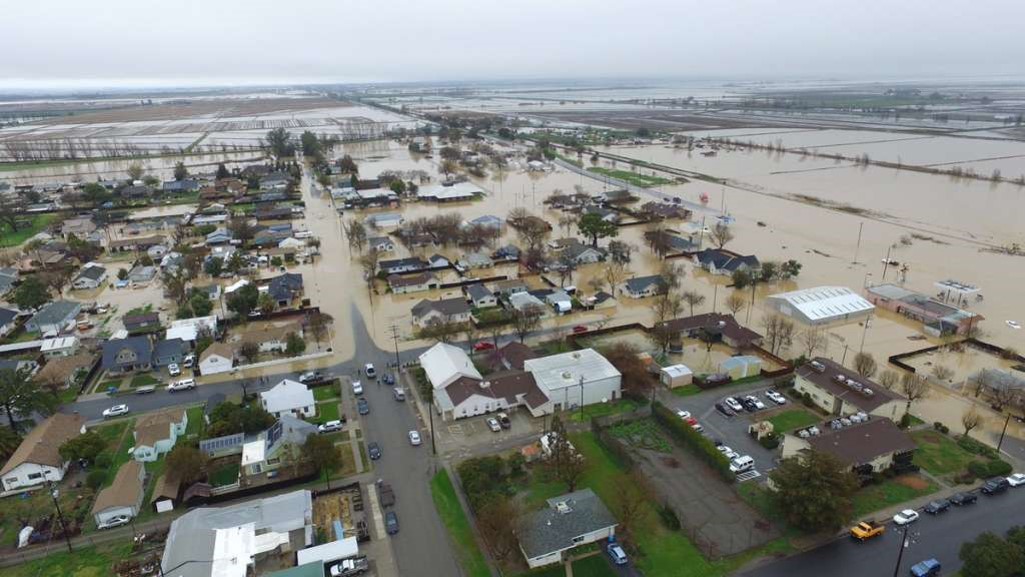Geologic Hazard Abatement Districts
Geologic Hazard Abatement Districts (GHADs) are public agencies formed by communities to provide prevention, rapid response, and funding to address hazardous geologic conditions. They were established by the California Legislature to protect communities from landslides, earth movement, erosion and other similar hazards. The Beverly Act of 1979 and the enabling statute (Division 17 of the Public Resources Code, Sections 26500-26654) provided for the formation of a local assessment district for the purpose of prevention, mitigation, abatement or control of geologic hazards.
GHADs operate with a focus on the prevention of hazards, with mitigation and abatement also being primary functions. A “geologic hazard” is broadly defined as an actual or threatened landslide, land subsidence, soil erosion, earthquake, fault movement or any other natural or unnatural movement of land or earth, including in coastal regions.
GHADs are independent agencies and are empowered to issue bonds or levy assessments to address geologic hazards. A GHAD is a political subdivision of the state and is not an agent or instrument of a local agency.
Application for Flood Control
Because of the broad definition of “geologic hazard,” GHADs have been effectively applied to erosion-induced land movement, including the maintenance of stormwater quality and detention facilities, and are increasingly being formed for flood protection. A GHAD provides a superior alternative for the maintenance of flood control structures due to its focus on the prevention of damage, proactive monitoring of potential hazards, and the ability to swiftly undertake improvements. GHADs have a multi-decade track record of successfully responding to both routine and unforeseen events quickly and efficiently with technical and financial resources. GHADs also provide an attractive means for future renovations or improvements to flood control structures by providing a revenue stream to fund ongoing improvements and maintenance. Additionally, a reserve may be accumulated for ongoing large-scale capital improvements, rehabilitation, expansion of flood control structures, or damage recovery from an unpreventable large-scale event.
